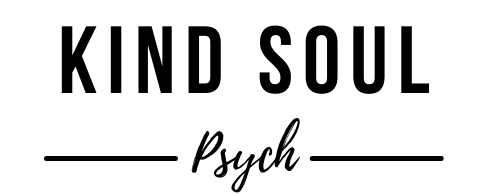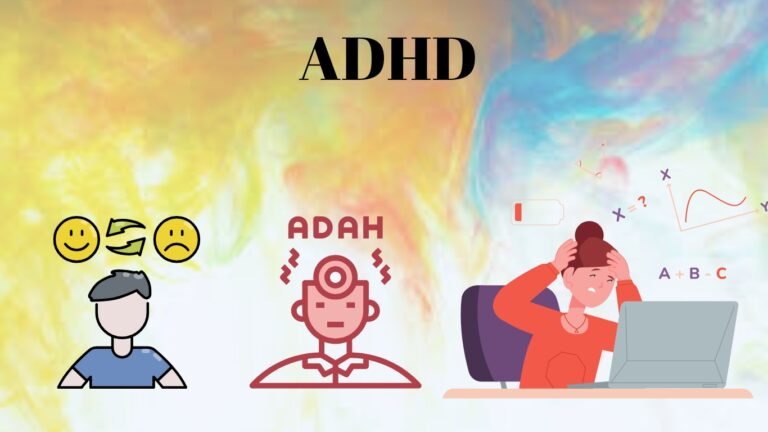
ADHD Explained: Understanding Causes, Symptoms & Solutions
Attention-Deficit Hyperactivity Disorder (ADHD) is a form of neurodivergence that affects millions of children and adults worldwide (NHS, 2021). It involves difficulty maintaining focus, hyperactivity (excessive energy or trouble sitting still), and impulsivity, such as acting without thinking or interrupting conversations.
Although ADHD can interfere with daily functioning, relationships, and overall mental health, individuals often thrive with proper diagnosis, treatment, and support.
This article explores key ADHD symptoms, diagnosis methods, and a variety of treatment strategies, including therapy, lifestyle adjustments, and medication that are intended to be used holistically as part of an ADHD treatment plan.
This article is for educational and informational purposes only. Please see full disclaimer below.
Recognising ADHD Signs, Symptoms and Subtypes:
ADHD Signs and Symptoms in Children:
Children with ADHD often have a hard time focusing in class or during activities, and they may frequently lose items such as books, toys, or school supplies. Many display fidgeting, excessive talking, or difficulty remaining seated. They might also interrupt conversations or blurt out answers in class.
Furthermore, children with ADHD can struggle with following instructions, completing tasks, and maintaining friendships.
In addition, they can often experience struggles with academic performance, alongside difficulty following rules or maintaining friendships, or avoiding impulsive behaviours which could lead to social and/or educational challenges.
Early intervention, including behavioural therapy and structured routines, can support children with ADHD to develop essential coping skills.
ADHD Signs and Symptoms in Adults:
Adults with ADHD commonly struggle with organisation, time management, and meeting deadlines (Barkley, 2015). They may also experience chronic forgetfulness, procrastination, or difficulty concentrating during conversations and meetings (Knouse and Safren, 2010). They might be unable to sit still, or need to always be doing something (Barkley, 2015).
For example, adults with ADHD may act impulsively during the decision-making process, which can lead to regrettable decisions in the adult’s personal and or professional life (American Psychiatric Association, 2013). Research indicates that up to 60% of children with ADHD still demonstrate symptoms and difficulties as adults, which can contribute to challenges in the workplace (for example, failing to meet a deadline or poorly managing time), difficulties managing financial or household responsibilities and consequent relationship issues due to impulsivity or inattentiveness (NICE, 2018).
Many adults remain undiagnosed, mistakenly attributing their symptoms to stress or personality traits. A formal ADHD diagnosis can offer clarity and facilitate access to support groups, therapy, and treatment.
Recognising these symptoms, thus, is the first step towards effective ADHD management.
Although some individuals may struggle predominantly with either inattention (ADHD-PI, or ‘predominantly inattentive’ ADHD) or hyperactivity (ADHD-HI, or ‘hyperactive-impulsive’ ADHD), others experience a combination of both (ADHD-C, or ‘combined ADHD’), highlighting an underlying need for personalised treatment approaches that support the individual with ADHD to thrive in their daily lives.
Holistic Treatment Options for ADHD:
Although ADHD has no cure, it is highly manageable with the right support, and individuals diagnosed with ADHD can go on to live highly fulfilling lives.
In this context, a holistic approach combines therapy, lifestyle changes, and (when necessary) medication prescription, in order to address individual needs.
1. Behavioural Therapy
Behavioural therapy helps individuals to modify habits and develop coping strategies. Popular methods include:
- Cognitive behavioural therapy (CBT); in the context of therapy for ADHD, CBT focuses on helping the individual with ADHD to recognise thought patterns associated with impulsivity and anxiety, in addition to negative thought patterns which the individual may experience, thereby supporting organic behavioural change.
- Parent training programs help equip parents with techniques in order to manage behaviour, in addition to creating structured routines at home.
2. Medication for ADHD
Medications can play a supportive role in ADHD management, often enhancing the individual’s focus and impulse control compared to not taking the medication(s), and thereby improving the individual’s quality of life.
Stimulants are the pharmacotherapy most commonly prescribed for the management of ADHD; for example, methylphenidate (Ritalin, or Concerta), dexamphetamine (Adderall; Dexedrine), and lisdexamfetamine (Elvanse; Vyvanse) (Faraone and Biederman, 2005).
Non-stimulant medications include the norepinephrine reuptake inhibitor atomoxetine (Strattera) and the alpha-2 agonist guanfacine (Intuniv); non-stimulant medications are often used in individuals with ADHD where stimulant treatment is ineffective, has led to a history of stimulant abuse, or there are significant side effects (NICE, 2018).
Although medication aids in regulating attention and affect/executive functioning, it is generally more effective when combined with therapeutic approaches which are not pharmacotheraputic in nature, such as therapy, behavioural coaching, and lifestyle adjustments/changes, forming a holistic ADHD management plan that best accommodates the individual strengths and weaknesses of each person with ADHD (Barkley, 2015).
Non-stimulant medications, such as the norepinephrine reuptake inhibitor atomoxetine (Strattera) and the alpha-2 agonist guanfacine (Intuniv), approved for pharmacological treatment of ADHD, are often prescribed to individuals with ADHD who do not respond well to classical stimulants (i.e. a history of stimulant abuse, or side effects experienced from the stimulant(s) themselves otherwise), or do not respond strongly enough to stimulants alone (in which case they are co-prescribed alongside the stimulants as adjunctive medications).
ADHD medications, despite improving focus and emotional regulation/executive functioning in and of themselves, are most effective when combined with non-pharmacotherapeutic modalities such as therapy, behavioural coaching, and lifestyle adjustments, ensuring a balanced treatment plan for the individual with ADHD that takes into account their unique strengths and weaknesses.
3. Lifestyle Changes and Natural Approaches
- Changes to diet and nutrition can support some individuals with ADHD to manage, or reduce, their symptoms of ADHD; for example, reducing sugar and processed foods may help some individuals with ADHD to manage symptoms.
- Exercise, in addition to mindfulness practice, for example activities such as yoga, meditation, and regular physical activity can improve focus and help reduce stress.
- Establishing consistent sleep routines as part of sleep hygiene, alongside limiting blue light exposure in a given time window before sleep, can help to support emotional regulation and mental clarity.
Practical Tips for Managing ADHD:
- Breaking tasks into smaller steps can help to prevent overwhelm, by allowing the individual to focus on one task at a time.
- Using organisational tools, such as apps, planners, and reminders can help individuals with ADHD to manage their time better.
- Creating consistent routines can help individuals with ADHD to maintain structured schedules for meals, work, and sleep.
- Individuals with ADHD can build a support network, by joining ADHD support groups and/or seeking help from coaches and therapists.
- Individuals with ADHD can practice self-care, via incorporating stress-relief activities such as journaling, nature walks, or yoga.
Parenting a Child with ADHD:
Parenting a child with ADHD requires patience with the child’s behaviour, which may not always meet parental or societal expectations, alongside consistency.
Tips can include setting clear expectations, in addition to the use of visual schedules and checklists to reinforce routines, positive reinforcement to reward good behaviour with praise and/or incentives, and collaboration with educators such as school staff, developing individualised support plans (IEPs) to promote academic and social success in the child’s school life.
Thriving with ADHD
ADHD is often misunderstood as a limitation—it’s a unique way of thinking and processing the world. With early diagnosis, therapy, medication (where appropriate and recommended by qualified mental health professionals) and lifestyle strategies, individuals with ADHD can harness their strengths and lead fulfilling lives.
Whether you’re exploring natural approaches, considering medication, or looking for behavioral therapy, the key lies in finding a personalised ADHD treatment plan that fits your needs.
FAQ:
Q: What is ADHD?
A: ADHD is a neurodevelopmental disorder characterised by difficulties with attention, hyperactivity, and impulsivity. It affects millions of children and adults worldwide (NHS, 2021; NICE, 2018).
Q: What are the common signs of ADHD in children?
A: Common signs include difficulty focusing in class, frequently losing belongings, fidgeting, excessive talking, impulsive behaviours, and challenges following instructions, all of which can lead to academic and social difficulties (NHS, 2021).
Q: How do ADHD symptoms manifest in adults?
A: Adults with ADHD may struggle with organisation, time management, forgetfulness, procrastination, difficulty maintaining focus during conversations or meetings, restlessness, and impulsive decision-making (Barkley, 2015).
Q: What treatment options are available for ADHD?
A: Treatment options include behavioural therapy (such as CBT and parent training programs), medications (stimulants like methylphenidate and non-stimulants like atomoxetine), and lifestyle changes (diet, exercise, and consistent sleep routines) (NICE, 2018; Faraone and Biederman, 2005).
Q: Is there a cure for ADHD?
A: No, there is no cure for ADHD. However, with appropriate treatment and support, individuals with ADHD can manage their symptoms effectively and lead fulfilling lives (NHS, 2021).
References:
American Academy of Pediatrics (2011) Clinical Practice Guideline for the Diagnosis, Evaluation, and Treatment of Attention-Deficit/Hyperactivity Disorder in Children and Adolescents. Available at: https://www.aap.org (Accessed: 16 February 2025).
American Psychiatric Association (2013) Diagnostic and Statistical Manual of Mental Disorders (5th ed.). Washington, DC: American Psychiatric Publishing.
Barkley, R.A. (2015) Attention-Deficit Hyperactivity Disorder: A Handbook for Diagnosis and Treatment. 4th ed. New York: Guilford Press.
Chronis-Tuscano, A., et al. (2010) ‘Parent training for children with attention-deficit/hyperactivity disorder: a meta-analytic review’, Clinical Child and Family Psychology Review, 13(1), pp. 1–24.
Faraone, S.V. and Biederman, J. (2005) ‘What is the prevalence of adult ADHD? Results of a population screen of 966 adults’, Journal of Attention Disorders, 9(2), pp. 384–391.
Knouse, L.E. and Safren, S.A. (2010) ‘Current status of cognitive behavioral therapy for adult ADHD’, Psychiatric Clinics of North America, 33(3), pp. 497–509.
National Institute for Health and Care Excellence (NICE) (2018) Attention Deficit Hyperactivity Disorder: Diagnosis and Management. Available at: https://www.nice.org.uk/guidance/ng87 (Accessed: 16 February 2025).
NHS (2021) Attention Deficit Hyperactivity Disorder (ADHD). Available at: https://www.nhs.uk/conditions/attention-deficit-hyperactivity-disorder-adhd/ (Accessed: 16 February 2025).
Disclaimer: The author, Sabbir Ahmed, is a registered psychotherapist (UKCP Reg: 2011164676). Sabbir has written this article for informational and educational purposes only, and referenced relevant sources when writing this article.
Reading this article, in and of itself, does not create a therapist–client relationship.
All content is provided on an “as is” basis; no guarantees are made as to its accuracy or completeness.
The information contained on Kind Soul Psych is for general information purposes only and does not purport to be, or constitute, medical and/or legal advice.

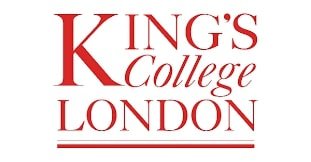
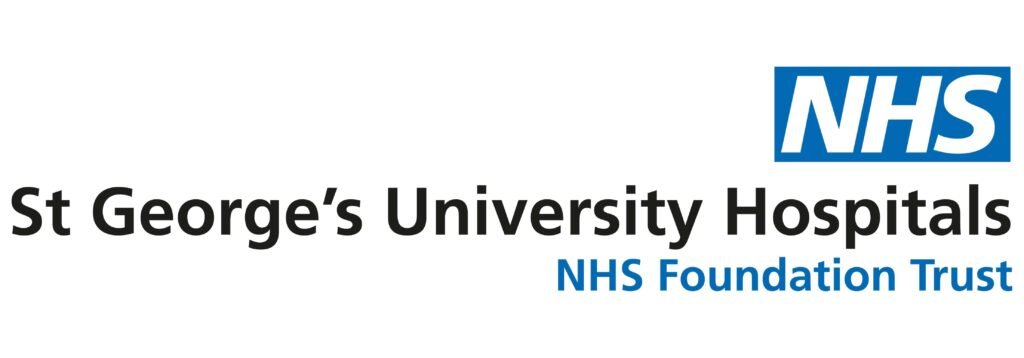
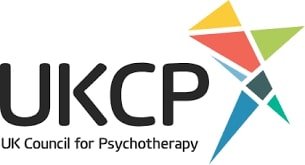
All Rights Reserved.
